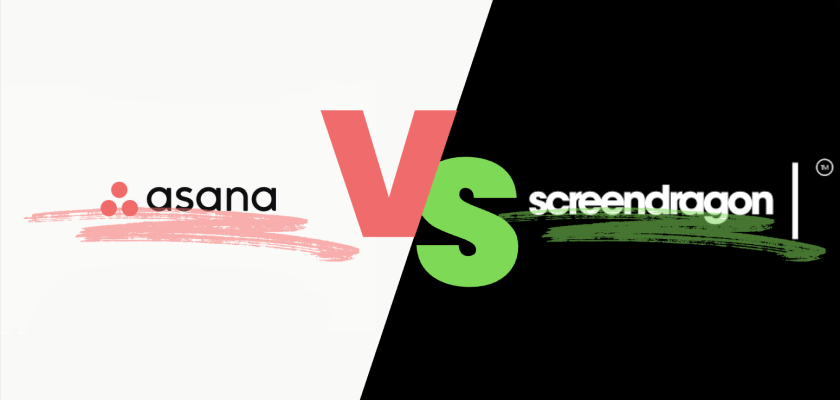
Referral Programs for Agencies: More Than Just a Discount (Unlock Hidden Benefits)
Have you ever wondered how an agency referral program could transform your marketing strategy? By taking advantage of word-of-mouth marketing, your agency can get a wealth of hidden benefits that go far beyond discounts. Finding new techniques to build your …

How to Increase Revenue of Your Marketing Agency: 9 Easy Strategies in 2024
As the owner of a marketing agency, you are probably too familiar with the constant struggle to find new, effective ways to increase marketing agency revenue. You can experiment with many different strategies, from setting defined goals to expanding into …

Agency Cybersecurity: Securing Your Important Documents
In recent years, the number of cyberattacks has risen. Several small and mid-sized businesses have been forced to shut down, including Colorado Timberline, Hearing Services, and Brookside ENT, the last of which closed after failing to recover medical files from …

Screendragon vs Asana: Powerhouse Project Management for Agencies Compared
When it comes to project management, digital agencies require robust tools to handle complex workflows, manage resources efficiently, and ensure successful project completion. This is where robust project management software steps in, streamlining workflows and boosting efficiency. Here are the …

Landing Page Psychology: 5 Ways To Leverage User Behaviour To Boost Conversions
Landing pages are the foundation of any digital marketing campaign. To boost desired conversions from landing pages, brands must understand and leverage the psychology behind user behaviour to adapt their design and copy accordingly. User behaviour is all the activities …

How to Tell Your Agency is Going to Be Hacked Soon?
Digital marketers are always busy with deadlines, campaigns, and the latest updates. Unfortunately, this can cause them to overlook crucial cybersecurity practices. If you or your colleagues exhibit any of these practices, your agency may be in danger of cyberattack. …

User-Generated Content: A Playful Way to Turn Users’ Content into Successful Marketing Campaigns
UGC has proven to be a powerful tool for brands that seek to build a close-knit relationship with their consumers using digital marketing. With the decline in the effectiveness of conventional advertising, marketers are searching for more effective ways of …

How to Build a Digital Marketing Report That Clients Love
Comprehensive marketing reports showcase the value of a marketing agency’s campaigns and help to maintain client relationships. How do marketing agencies showcase their value to clients? With impressive marketing reports. Many marketing agencies struggle with building reports that clients actually …

Thinking About Digitalization in Manufacturing? Here Are the Key Questions You Need to Ask
Where to start? That’s always the hardest part of taking on any new challenge, especially in manufacturing. And it’s the same when you decide to go digital. It’s even more complicated if you decide to outsource your software development with …

5 Mistakes B2B Companies Make at Trade Shows (and How to Avoid Them)
Ah, the thrill of event planning! The buzz of excitement, the anticipation of success… and sometimes, the sinking feeling of disappointment when things don’t go as planned. Trade shows continue to be a great marketing channel for startups and established …

How to Evaluate a Digital Marketing Agency (We’ve Explained It in 10 Steps)
Choosing the right digital marketing agency can be a game-changer for your business; it may be your best or worst decision. So, you should know how to evaluate a digital marketing agency to ensure you’re making the right choice. You …

Protect Your Brand: Essential Social Media Safety Tips for Digital Marketers
Facebook, X (formerly Twitter), Instagram, TikTok, and other social media sites, have become a part of our daily lives that’s usually just as important as eating. These platforms connect us as individuals and also organizations with a global audience. We …






















